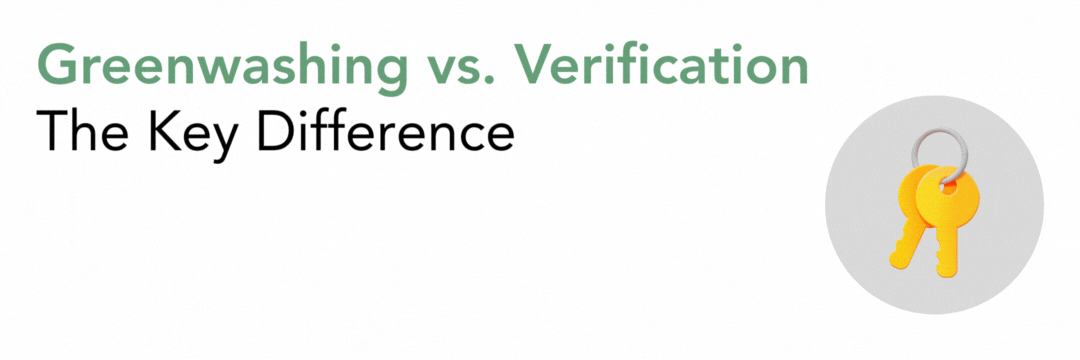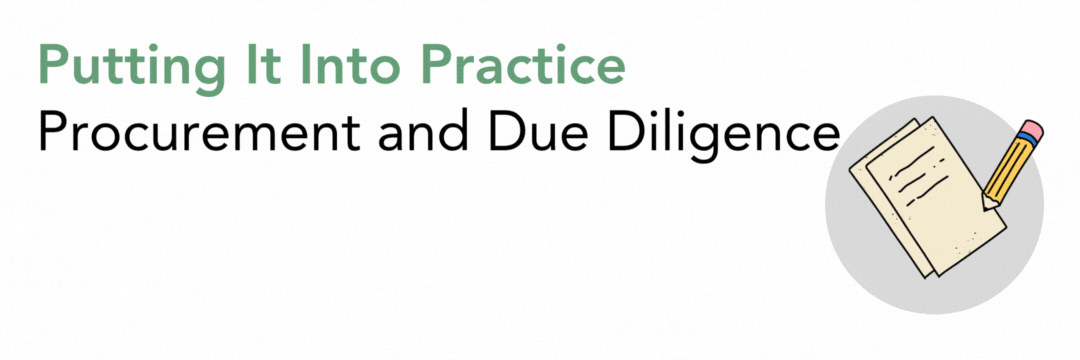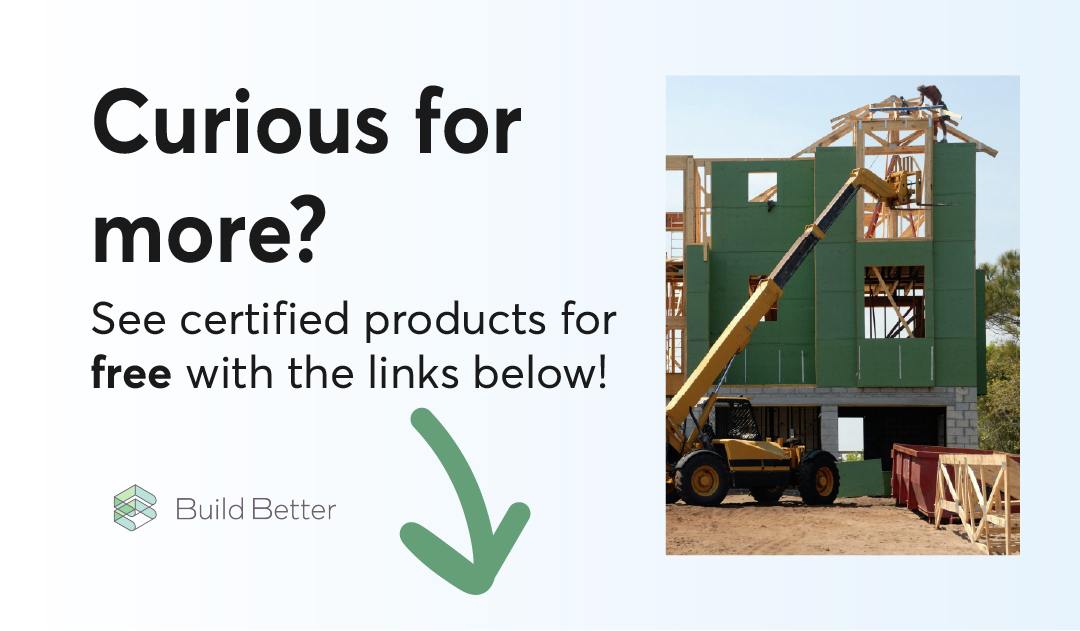A Guide to Choosing Verified Green Materials

The construction industry is flooded with products, and 40% of all "green" claims lack supporting evidence. Relying on these vague, unverified claims exposes Architects, Builders and Sustainability Experts to serious legal and compliance risk. To mitigate greenwashing and meet your professional duty, you must stop trusting marketing and demand objective, audited data.
Key Points:
- Reject Type II Claims (e.g., "Eco-friendly")—they are self-declared and risky.
- Require Type III EPDs for verified environmental impact data via LCA.
- Require HPDs/Declare for guaranteed human health and ingredient screening.
- TheMandate: Write Type III compliance directly into your contracts.
No Time to Read? Listen on Your Way.
Today, the construction industry is flooded with hundreds of thousands of products — some truly innovative, others pretending to be. In a world that needs more care, prudence, and transparency than ever, these “lesser” products often exaggerate their environmental benefits and greenwash their way into construction projects. A European Commission study found that 40% of “green” product claims lack supporting evidence.
So, how can Architects, Engineers, and Construction (AEC) professionals identify genuinely sustainable products in such a crowded market? And how can they avoid legal or compliance risks when products use clever language to hide problems? In this fast-moving, AI-driven world, AEC specifiers must shift from accepting generic claims to requiring verifiable, third-party-audited data to meet certification requirements and fulfill their professional duty.
This guide offers a quick, practical framework for using verified Type III declarations to reduce risk and achieve transparent, high-performance results.

Most unreliable claims come directly from manufacturers (known as ISO 14021 Type II claims) and are not independently verified. This is like a cereal brand saying its product is “part of a complete breakfast.” It’s the heart of greenwashing in construction because it allows vague, self-serving language and incomplete information.
The Unverified Claim (Type II)
Terms like “eco-friendly” or “sustainable” are intentionally vague. They lack consistent definitions and measurable standards, making them impossible to verify against project goals. This is risky for both sellers and buyers, since U.S. regulators require that environmental claims be backed by scientific evidence. In Europe, rules are tightening to ensure all environmental claims are verifiable and consistent.
Claim Type
- Type II: Claims
- Type III: Data
ISO Classification
- ISO 14021
- ISO 14025
Verification Status
- Self-Certified (Unverified)
- Independently Verified
Professional Risk
- High Legal Risk; Low Trust
- Low Legal Risk; High Transparency

Trust should come from data, not marketing. This starts with requiring Life Cycle Assessment (LCA) data — the scientific foundation for verified environmental reporting.
Life Cycle Assessment (LCA) and EPDs
An LCA measures a product’s total environmental impact, from raw material extraction to end-of-life disposal (“cradle-to-grave”). It goes beyond carbon emissions to include other factors, such as ozone depletion and acidification potential.
An Environmental Product Declaration (EPD) is the official Type III document that shares these verified LCA results. EPDs must comply with ISO 14025 and be third-party verified by a qualified professional. This process ensures that the data is objective, comparable, and follows Product Category Rules (PCRs) — making it compliant with standards like LEED, BREEAM, and public procurement requirements.

A complete sustainability profile also considers human health risks alongside environmental ones. This is where ingredient transparency comes in.
Ingredient Disclosure and Hazard Screening
- Health Product Declarations (HPDs):
The HPD Open Standard sets a consistent format for disclosing a product’s chemical ingredients and any known health hazards. It requires reporting down to 1,000 parts per million (ppm) (0.1%). - Declare Labels:
Created by the International Living Future Institute (ILFI), Declare labels act like “nutrition labels” for building products. They require reporting down to 100 ppm (0.01%) and use a simple system to flag chemicals on the Living Building Challenge “Red List.”
Both HPDs and Declare labels are voluntary, but Declare offers optional third-party verification. Requiring this step gives the highest level of confidence and ties ingredient transparency directly to trust and accountability.

Verified data only matters if it’s written into contracts. Procurement documents are the most powerful tools for enforcing accountability and shaping the market.
Contractual Requirements for Verification
Procurement managers should ensure that only Type III–verified products are accepted, preventing replacements that rely on marketing language. The best approach is to require multi-attribute standards that cover both environmental and health impacts. The Cradle to Cradle Certified® Product Standard (C2C) is a strong example. It involves ongoing, peer-reviewed verification across five key areas, including material health and circularity.
Goal Area
- Environmental Impact
- Material Health
- Holistic Vetting
Key Procurement Demand
- Require quantified Life Cycle Impact Data
- Require full ingredient disclosure and hazard screening
- Require comprehensive, multi-attribute certification
Required Verification
- Product-Specific EPD (ISO 14025 Type III)
- HPD (to 1,000 ppm) or Verified Declare Label
- Cradle to Cradle Certified® Product Standard (C2C)

Relying on unverified Type II claims introduces unacceptable risk into modern design and construction. The professional mandate is clear: Verification First.
Ready to ensure project compliance and transparency? Check out examples of products with Third-Party Certifications for Free:
